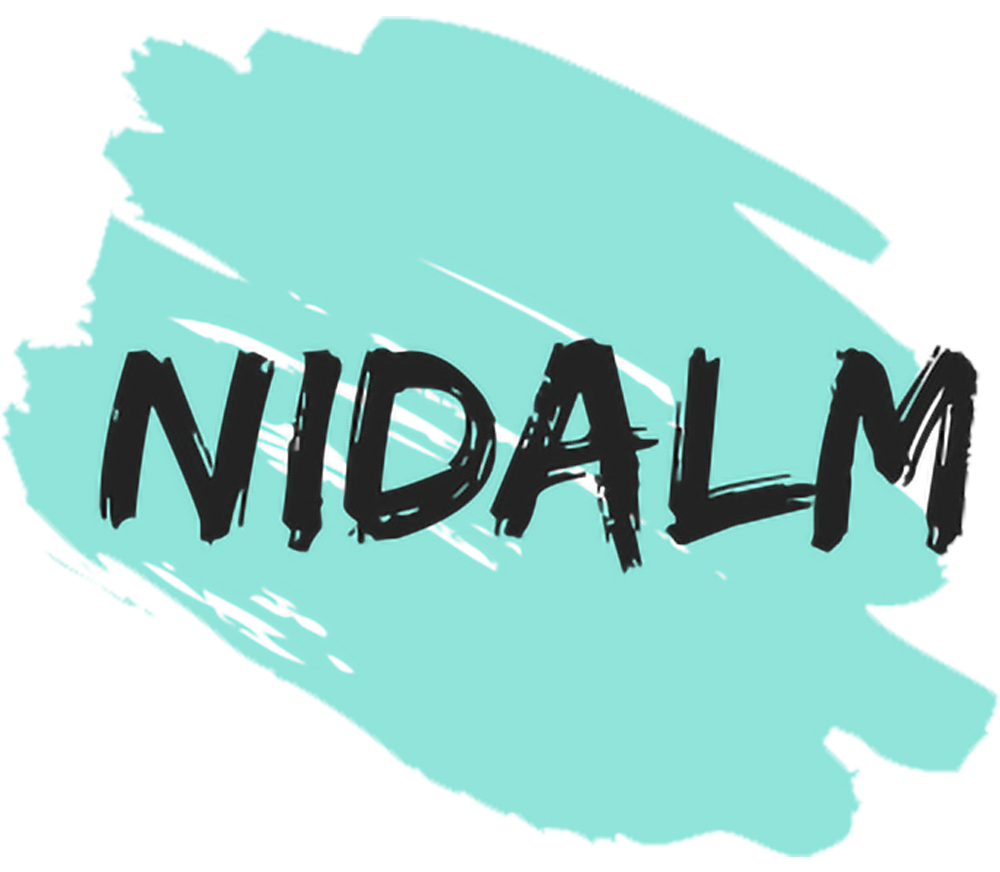Himalayan pink salt has many benefits for the human body. It is a natural form of salt that has the highest average nutrient levels. It also has a moisturizing effect on the skin, and is beneficial for detoxification. You can use Himalayan pink salt as a moisturizer for your skin, or combine it with coconut oil for an effective skin moisturizer.
UL is the highest average daily nutrient level
In the context of human health, UL represents the highest average daily nutrient level that is safe for consumption. It is important to note that the level of nutrient in a particular dietary product is likely to differ from individual to individual. For instance, the UL of sodium is not the same as that of potassium.
To measure the levels of these nutrients, researchers collected samples from different regions and made use of descriptive statistics. One-way analyses of variance were performed to determine differences in the mineral content of pink salt compared to white table salt controls. The analyses were performed using Minitab 17 and SAS University Edition software.
Himalayan pink salt contains minerals that are missing in table salt. These minerals may be beneficial for human health, but they are only in trace amounts. In addition, researchers believe that inhaling salt-infused air may benefit some people with respiratory conditions. However, further research is necessary to confirm these claims.
Himalayan pink salt is sometimes marketed as Jurassic sea salt, although it is formed much earlier. It comes from seawater and then dries in the mountains. It is less dense and has a coarser grind than regular table salt. Its sodium content is equivalent to that of regular table salt, but it has trace amounts of additional minerals.
Salt is essential for life, but too much of it can negatively affect health. People with kidney problems and people on salt-restricted diets should closely monitor their sodium intake. Even healthy individuals should monitor their sodium intake to maintain optimum health. A report from the CDC indicates that over 90 percent of children and 89 percent of adults in the US consume more sodium than they should be.
In Australia, a study found that the nutrient composition of pink salt was significantly higher than that of table salt. The study found that pink salt contained significantly more calcium, iron, manganese, potassium, and zinc than table salt. Moreover, pink salt contained less sodium than white salt. One teaspoon of pink salt would provide sufficient amounts of calcium and magnesium, but would still contain more sodium and other minerals that would be harmful if consumed excessively.
